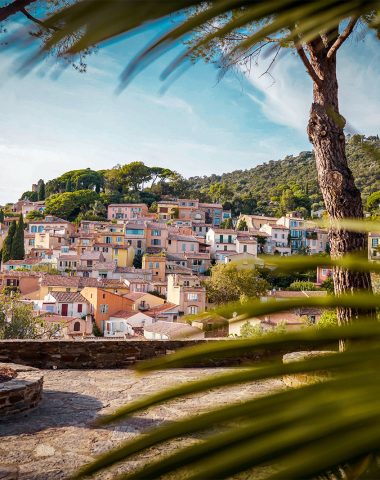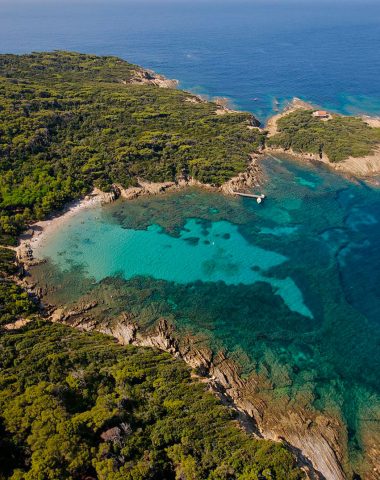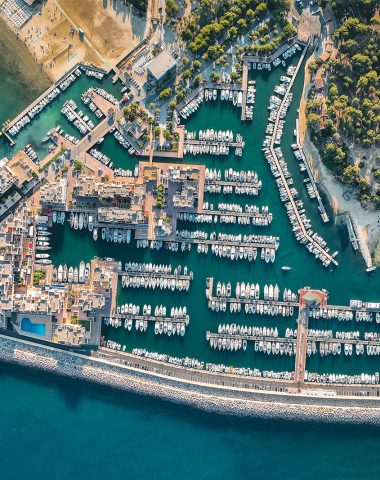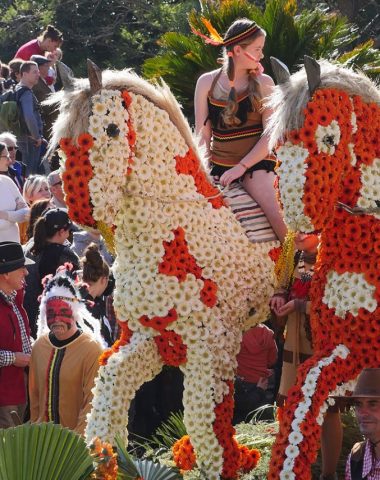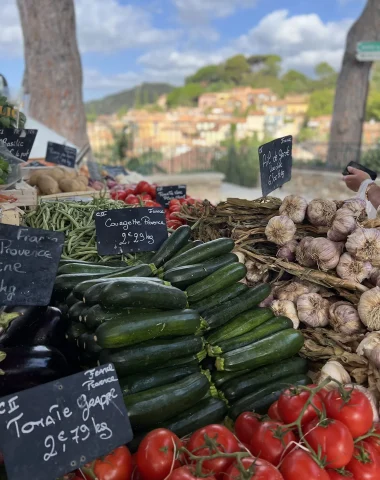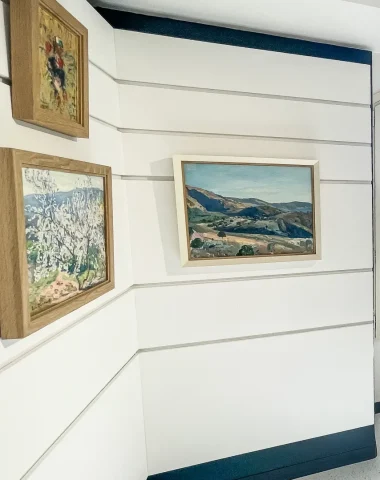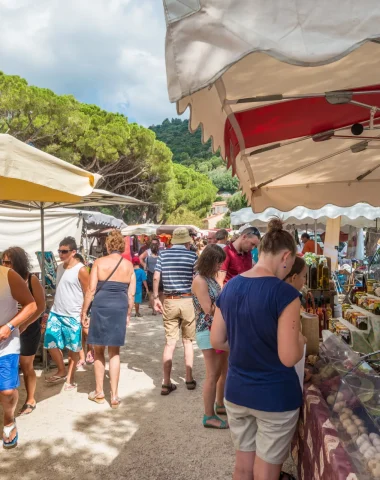Embark on a captivating journey along the Chemin des Sages, a project born from a visionary gathering of the Conseil des Sages, composed of wise individuals aged 60 and above, carefully chosen by local councilors for their wealth of experience. Inspired by the core principles of our Republican motto “Liberté, Égalité, Fraternité,” the council sought to breathe life into these ideals in the town of Bormes.
The Concept Takes Flight
A groundbreaking idea emerged during the council’s meeting—to adorn the town with phrases from renowned men and women, celebrated worldwide for their wisdom and humanism. The goal was to ignite the conscience of both passers-by and tourists, fostering a deeper connection with these universal values. To gain the support of the Mayor and the Council, the decision was made to integrate this pathway with the installation of historical plaques on the town’s iconic monuments. The members of the Conseil des Sages then meticulously designed the route through the medieval village and dedicated themselves to creating the perfect support, texts, images, and symbols for these plaques.

The butterfly, symbolizing joy, beauty, grace, and lightness of being, was chosen as the emblem of the project. Its transformative journey mirrors the essence of personal growth and rebirth. Just like the butterfly, we too experience different stages in life—a profound metamorphosis that allows us to release our past and embrace the beauty of who we’ve become. Symbolizing wisdom, the butterfly becomes a boundless source of inspiration. Beneath its delicate exterior lies an unwavering strength. Despite its ephemeral lifespan of a few days or weeks, the butterfly brings joy and exuberance through its graceful flight, fully savoring every moment that nature presents. Let us, like the butterfly, fearlessly embrace the experiences life offers us, both good and bad, knowing that they are fleeting. After all, our past experiences provide the best preparation for the future, allowing us to tread life’s paths with serenity.
Gandhi’s biography
Religious apostle and Indian "Father of the Nation": passive resistance and non violence.
Mohandas Karamchand Gandhi, commonly known as Mahatma Gandhi, was an influential leader in India’s struggle for independence from British colonial rule. Born on October 2, 1869, in Porbandar, India, Gandhi came from a devout Hindu family and was deeply influenced by his religious upbringing.
Gandhi’s early life was marked by adherence to traditional customs and beliefs. At the age of 14, he was married to Kasturbai, who remained his wife for the rest of his life. In 1888, Gandhi left his family behind to study law in England, hoping to adopt a more Western way of life. He became a qualified lawyer and practiced law for about 20 years in South Africa, where he fought against racial discrimination and segregation faced by Indian immigrants.
It was during his time in South Africa that Gandhi developed his philosophy of passive resistance and non-violence, which he called satyagraha. He advocated for civil disobedience and non-cooperation as effective means of protest against unjust laws and oppressive regimes. In 1909, he published “Hind Swaraj,” a book that expounded on his ideas of non-violent struggle.
Returning to India in 1915, Gandhi became a prominent figure in the Indian National Congress and played a key role in India’s struggle for independence. He believed in the integration of political and social struggles and emphasized the importance of non-violence in achieving freedom. Gandhi’s leadership and principles inspired millions of Indians to join him in various acts of civil disobedience and protests against British rule.
One significant event was the nonviolent protest known as the Salt March in 1930, in which Gandhi and his followers marched over 350 kilometers to the Arabian Sea to produce salt in defiance of the British salt monopoly. This symbolic act galvanized the Indian masses and brought international attention to the cause of Indian independence.
During World War II, Gandhi called for British withdrawal from India, stating that only an independent India could effectively contribute to the fight against fascism. He launched the “Quit India” movement in 1942, urging the British to leave India immediately. Gandhi and other Congress leaders were arrested, and his wife Kasturbai passed away while in custody.
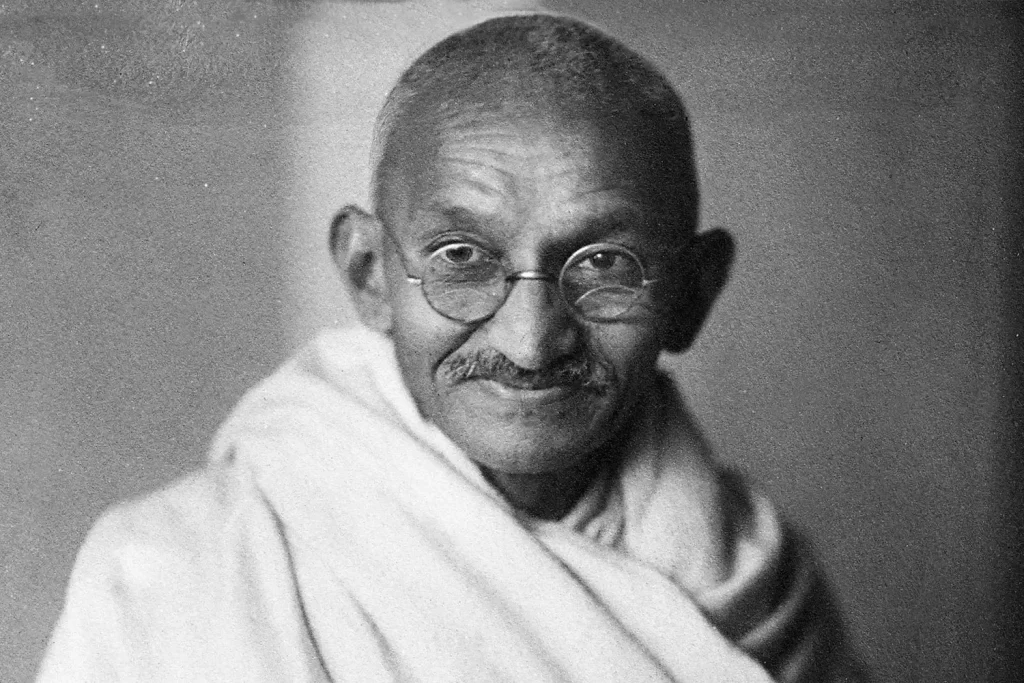
India finally achieved independence in 1947, but the country was also divided into two nations: India and Pakistan. The partition led to widespread violence and the displacement of millions of people. Gandhi was deeply saddened by the communal tensions and violence, considering it a personal failure.
Tragically, on January 30, 1948, Gandhi was assassinated in Delhi by Nathuram Godse, a Hindu extremist who opposed his efforts towards Hindu-Muslim unity. Gandhi’s death caused shock and grief throughout the world, and his funeral in Delhi was attended by millions of mourners.
Mahatma Gandhi’s legacy as the “Father of the Nation” and his philosophy of non-violence continue to inspire people globally. His teachings on peaceful resistance, social justice, and religious tolerance have had a profound and lasting impact on various movements and leaders seeking change and justice. Gandhi’s message of non-violence remains a powerful force in promoting peace and equality.
One of the five oil mills
The oil mill on Rue des Contours in Bormes-les-Mimosas is a unique example of a traditional oil mill in Provence. It is referred to as the “pressoir à chapelle” due to its distinctive chapel-like design. Unlike other oil mills in the region that use a central screw, this mill employs a chapel-shaped device to extract oil from olives.
The structure of the oil mill is designed to resemble a chapel, with a nave, transept, and semicircular choir. The transept houses a component known as “the mastre” or “the bench,” which has a threaded hole to hold a screw. The screw extends to a head and applies pressure on a wooden plate guided by two wooden uprights in the nave. This pressure is distributed over stacks of scourtins, which are coconut fiber baskets filled with olive paste.

To experience the full splendor of the Chemin des Sages and delve deeper into the fascinating stories that unfold along this path, we invite you to explore the Baludik app.
Scan the QR code and embark on an interactive journey filled with games, surprises, and a deeper connection to the rich heritage of Bormes.


